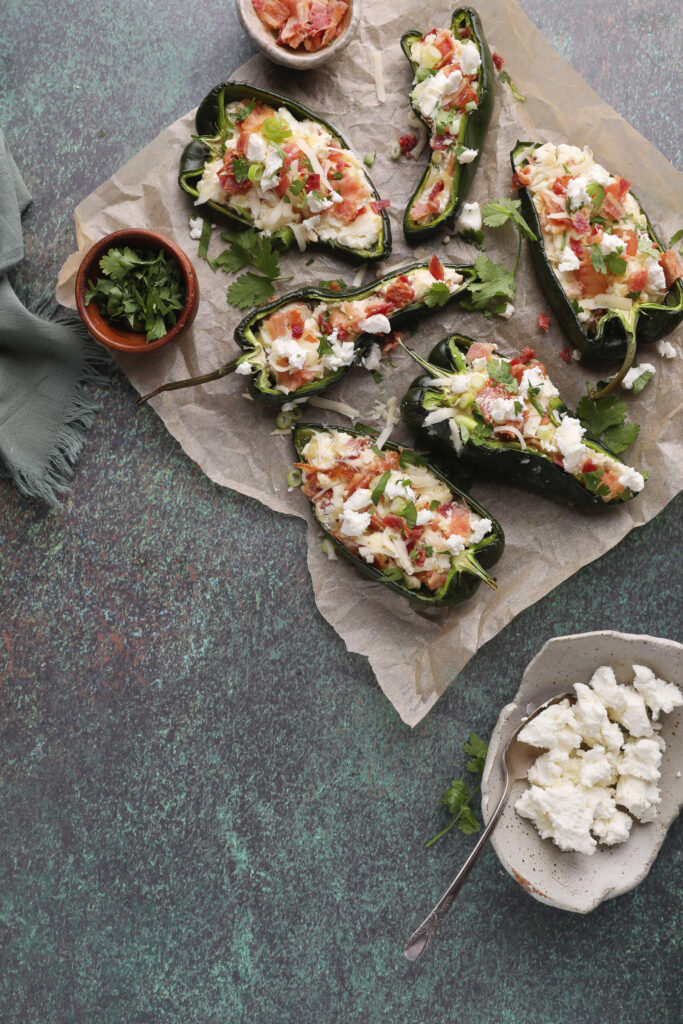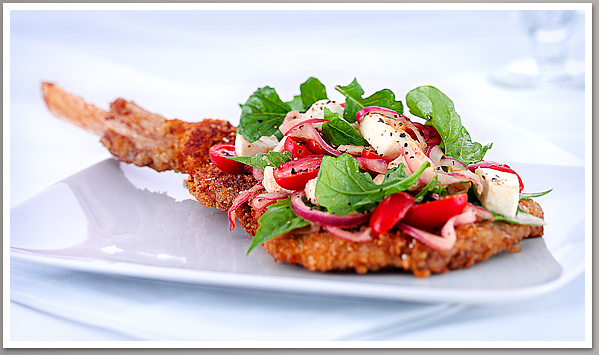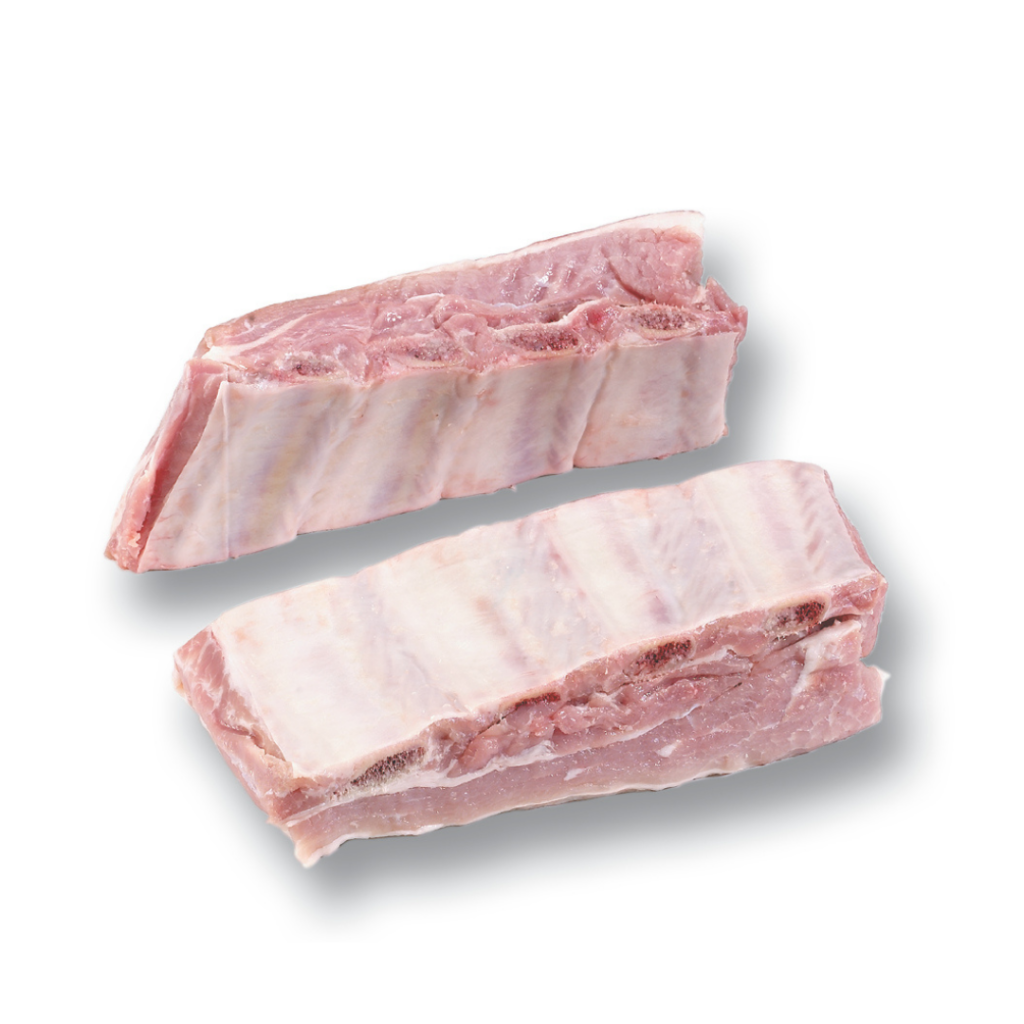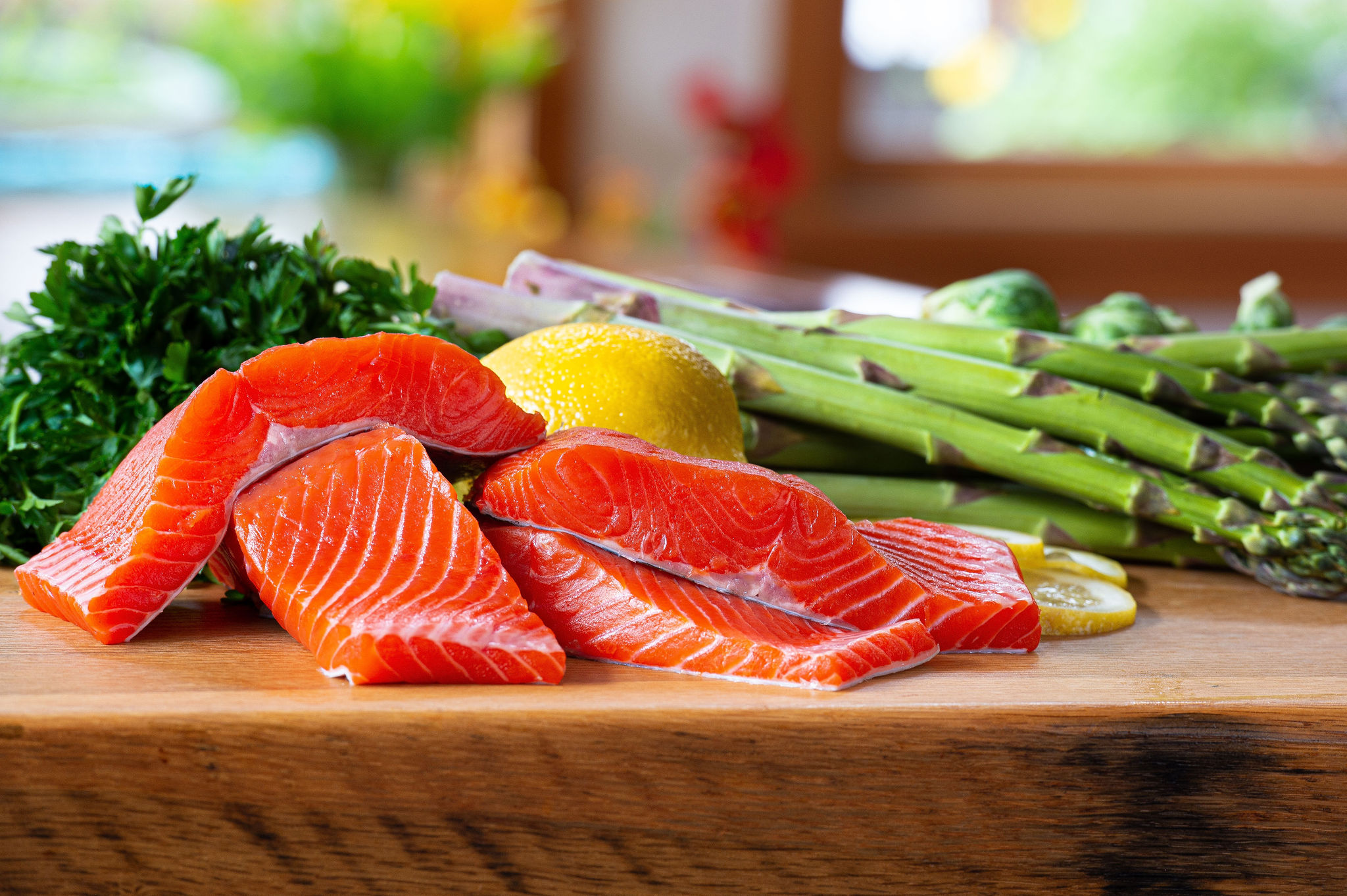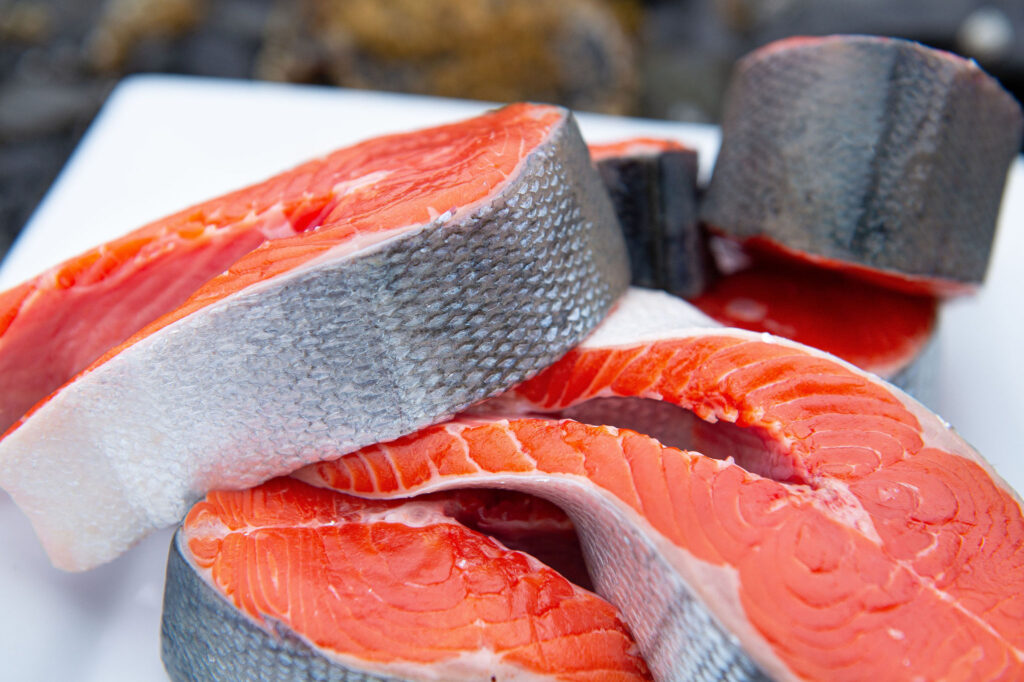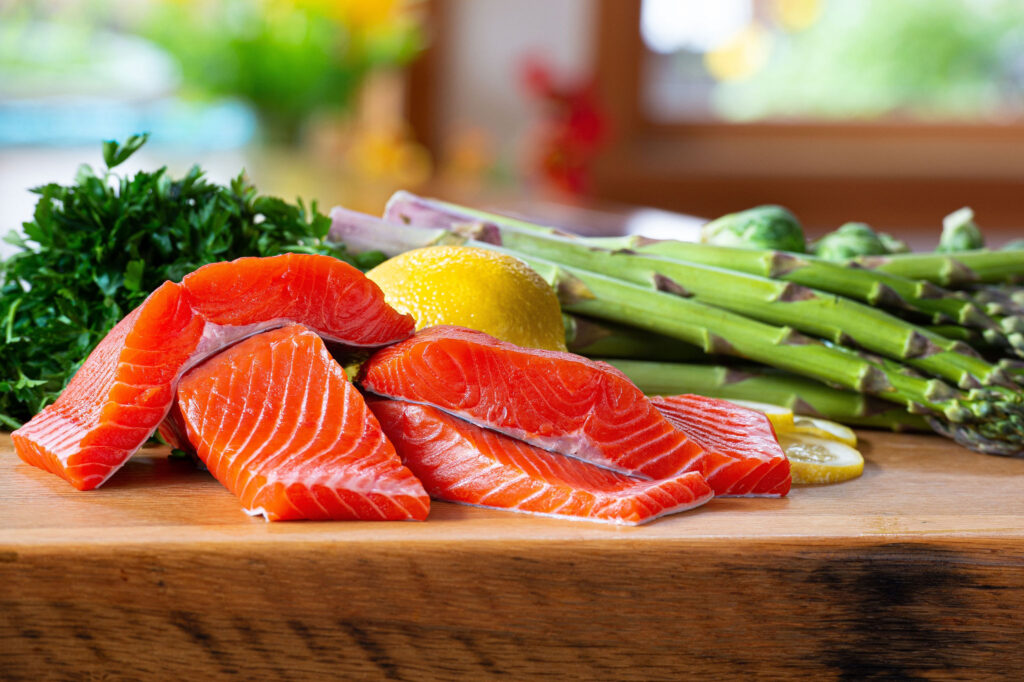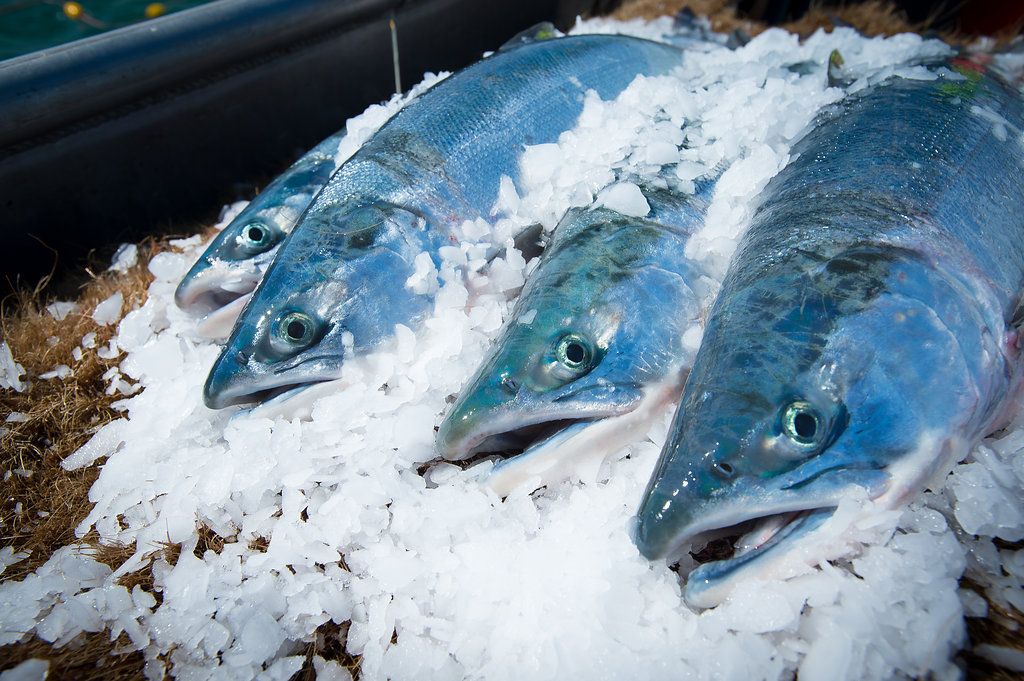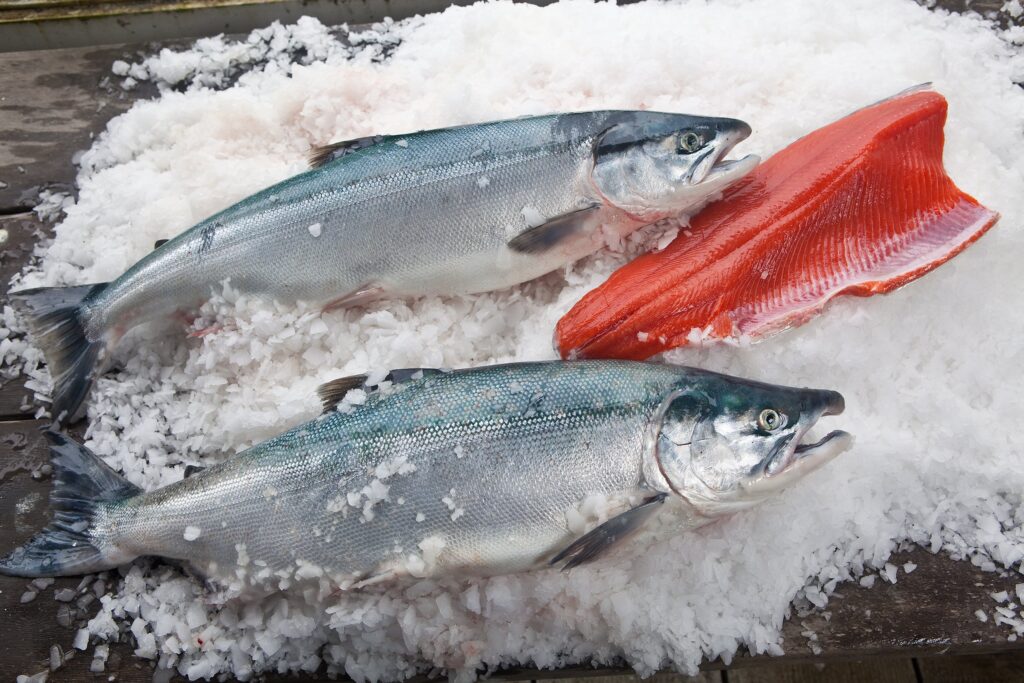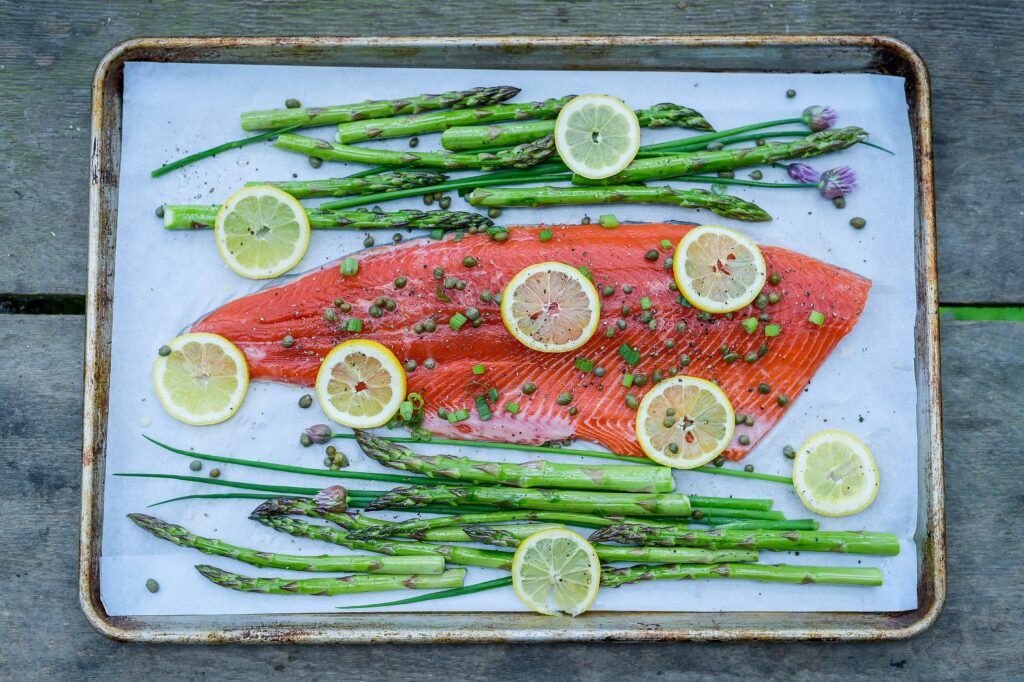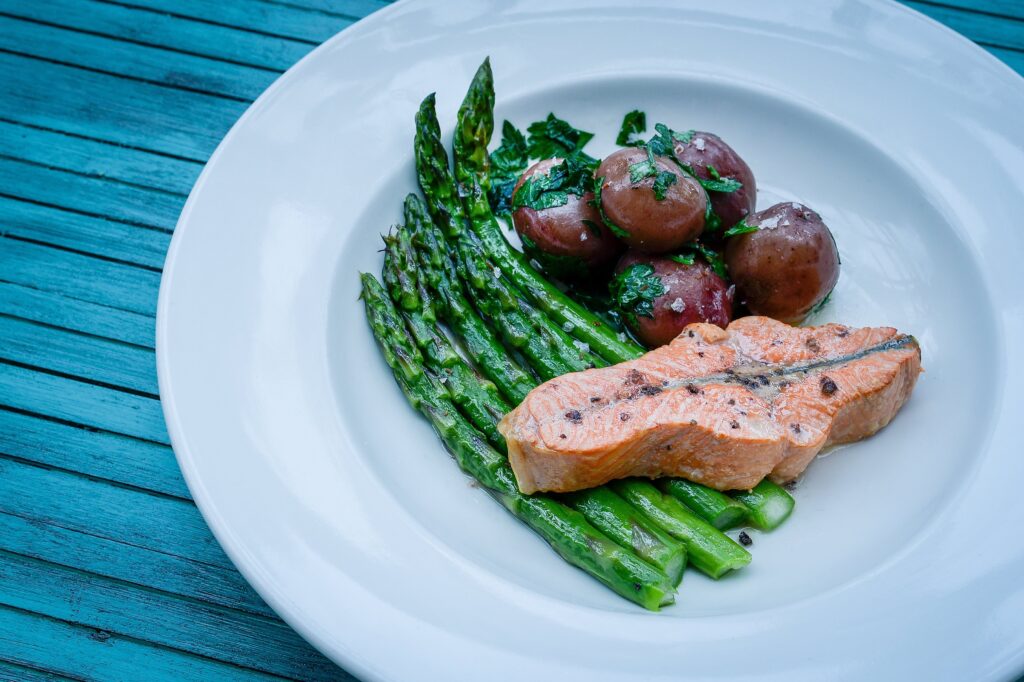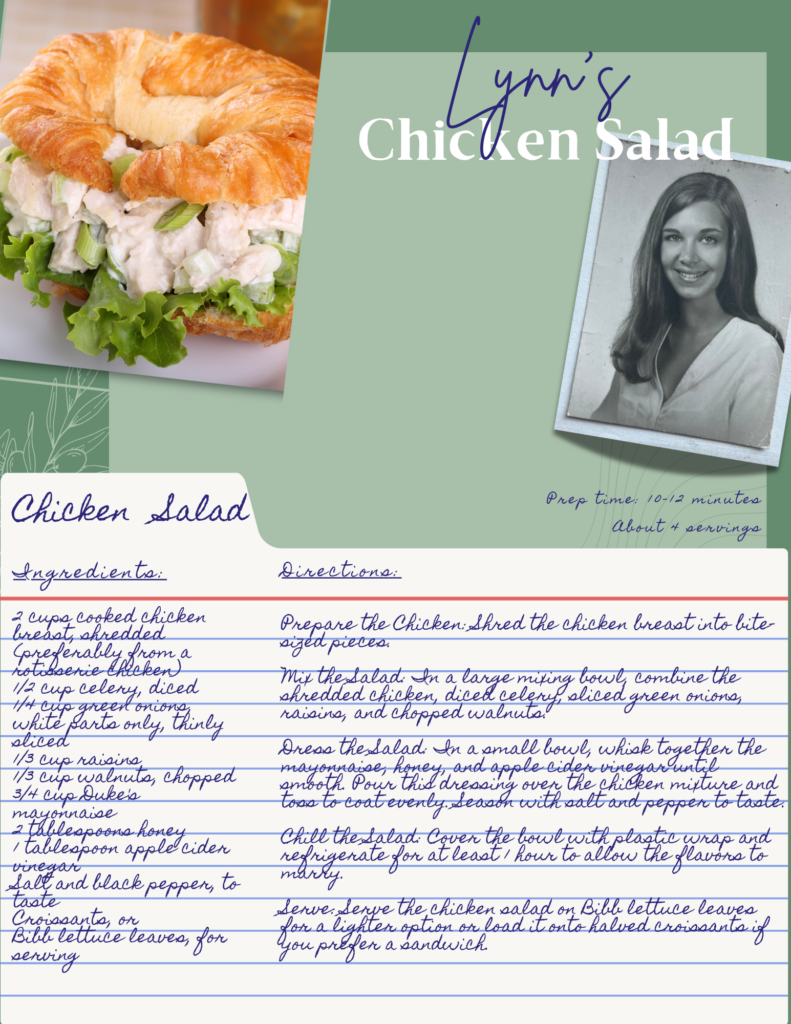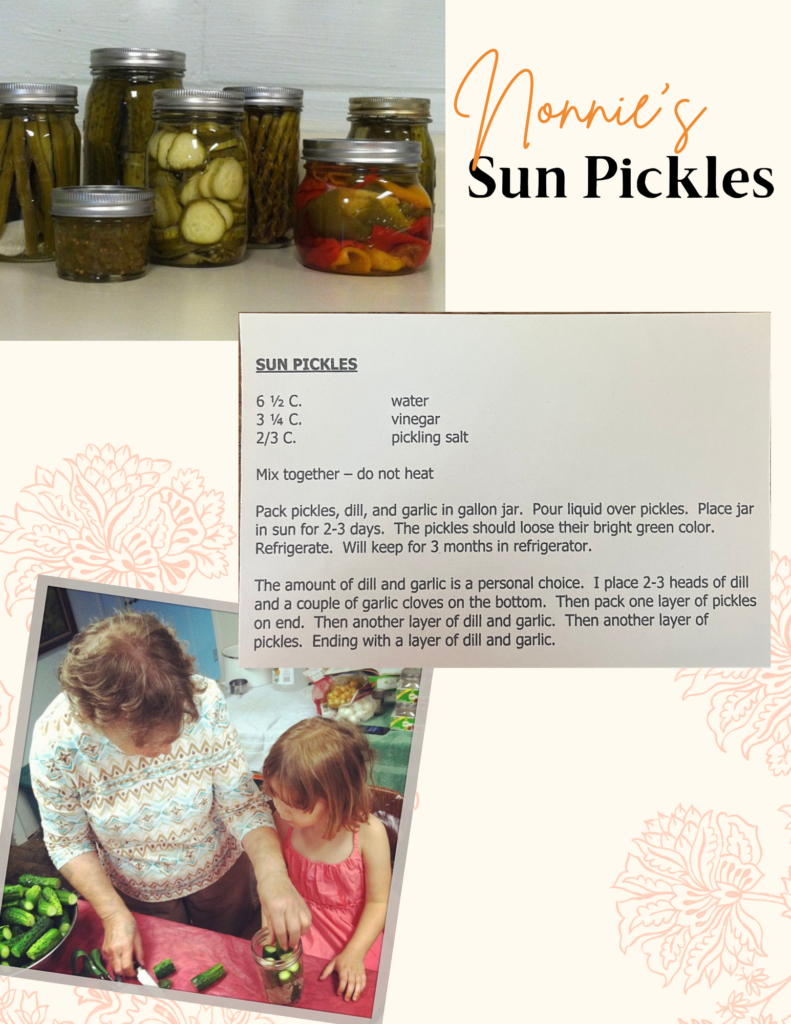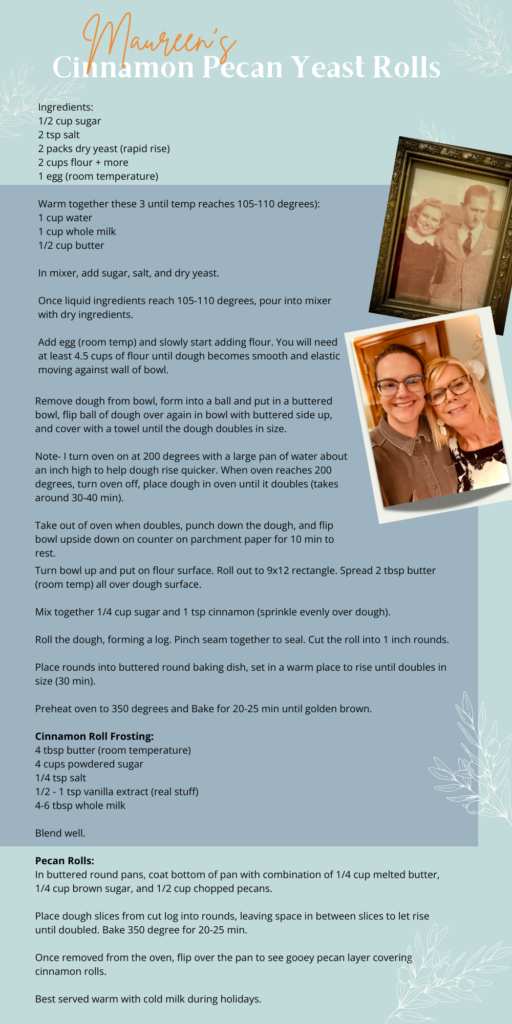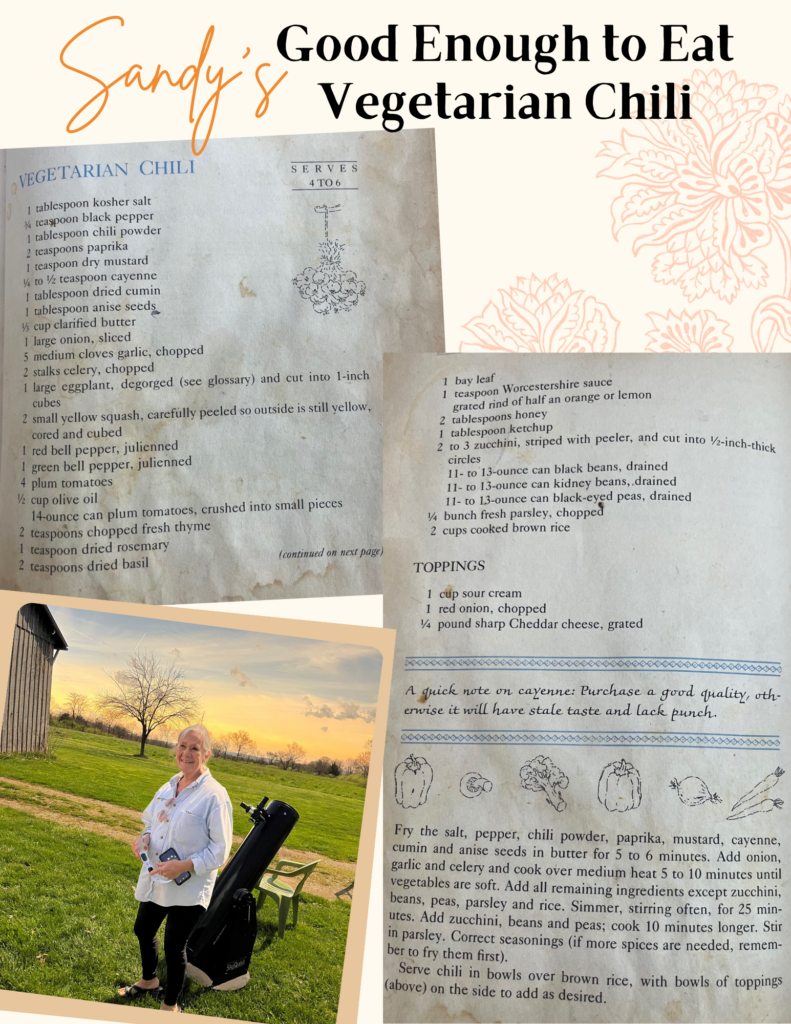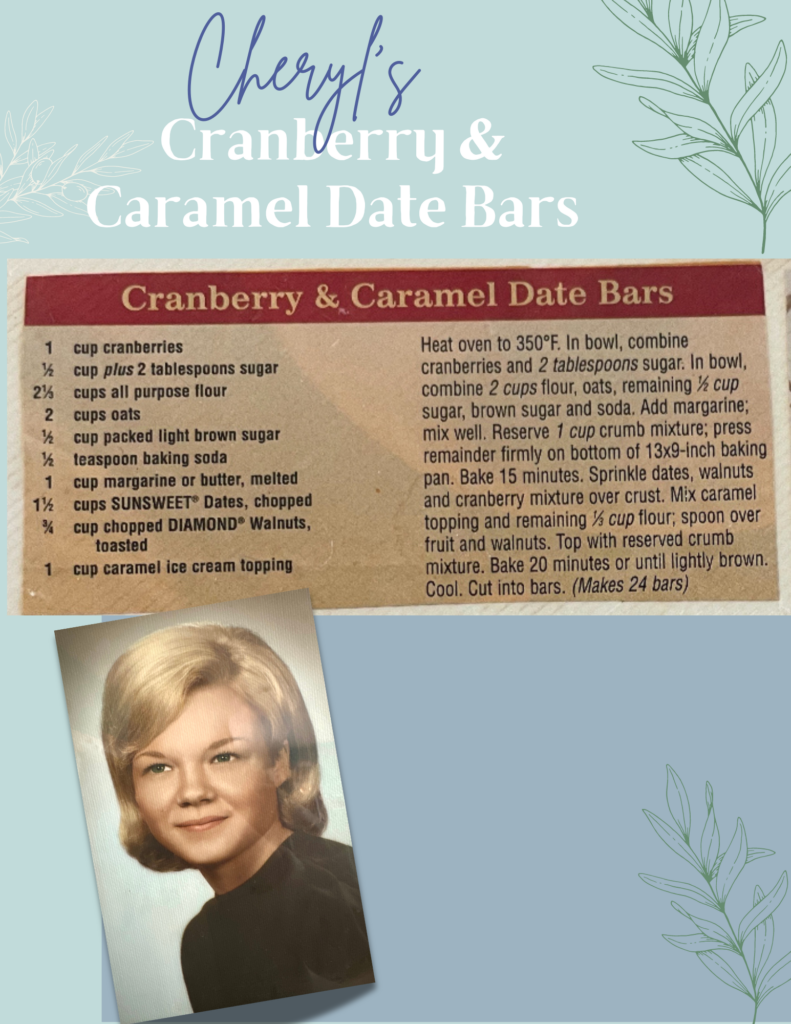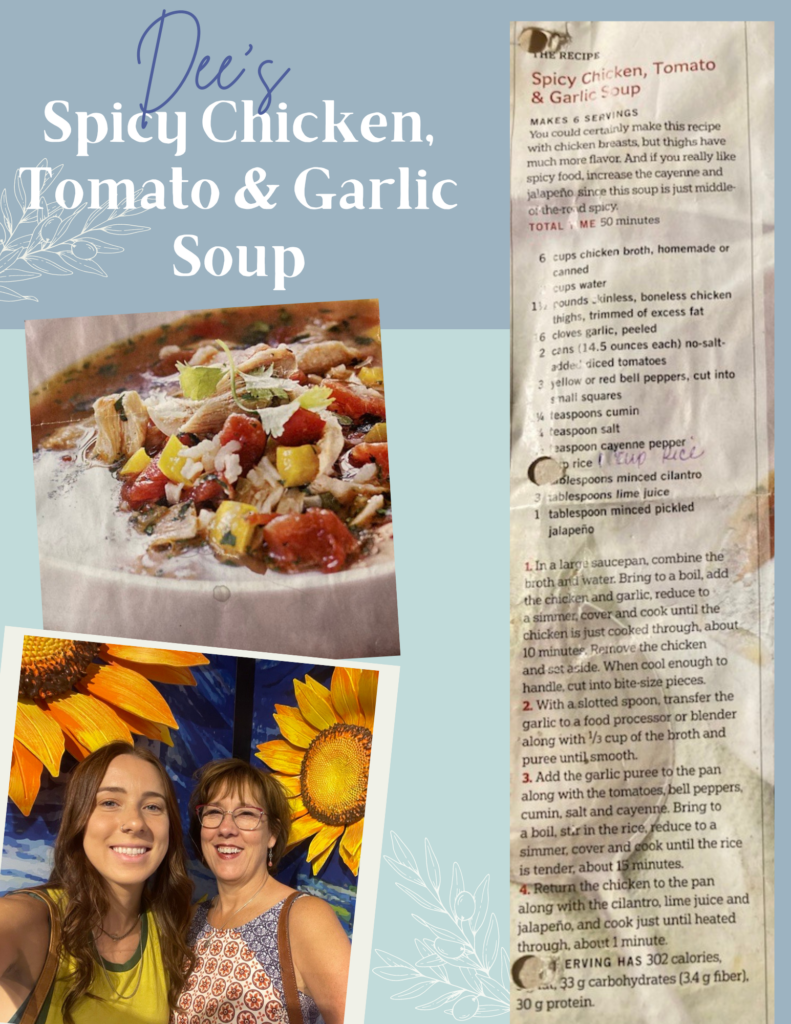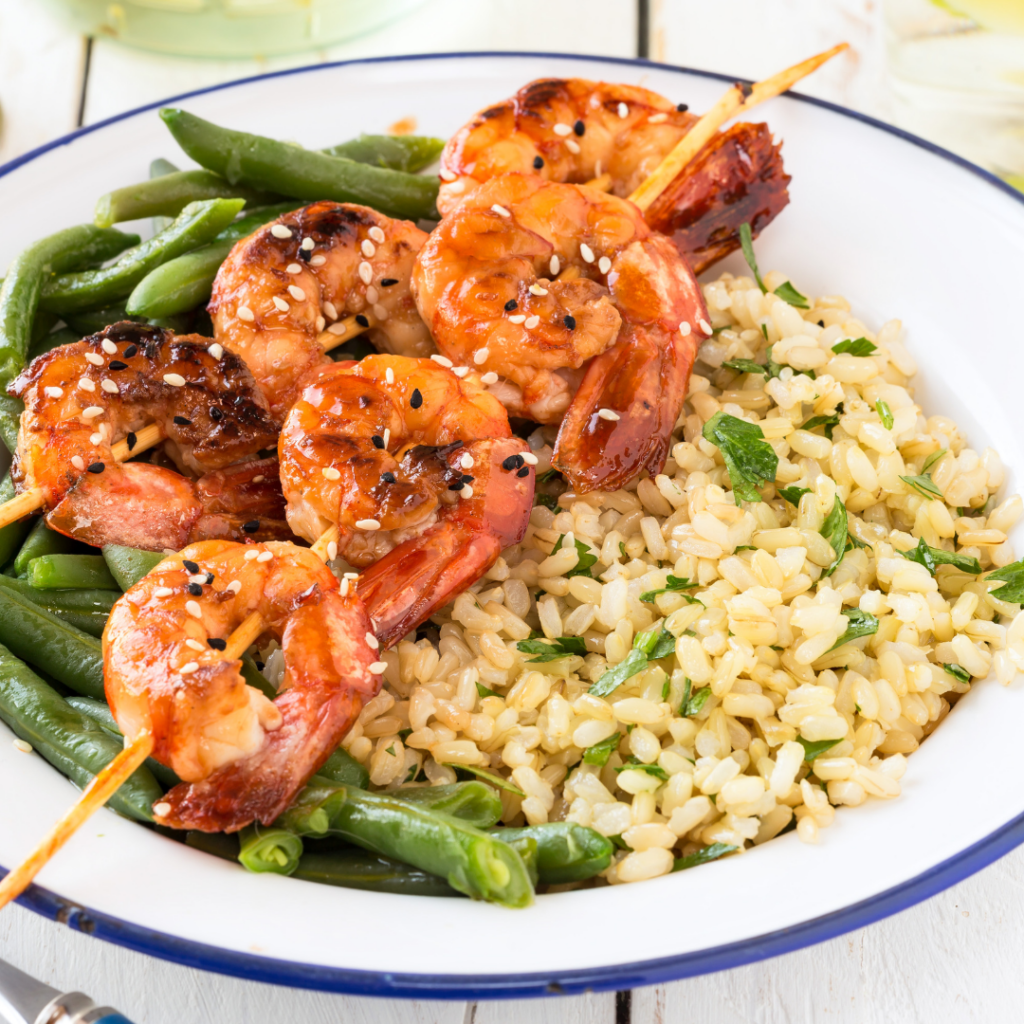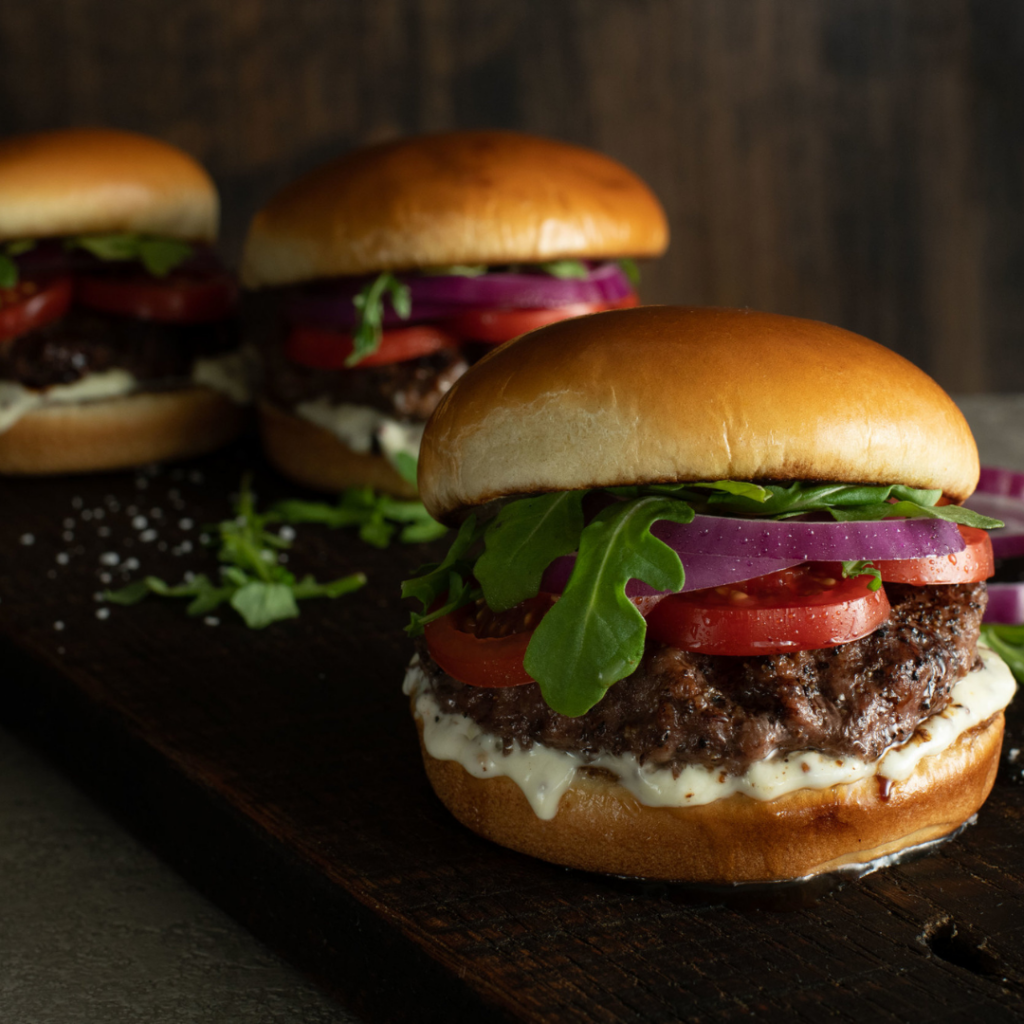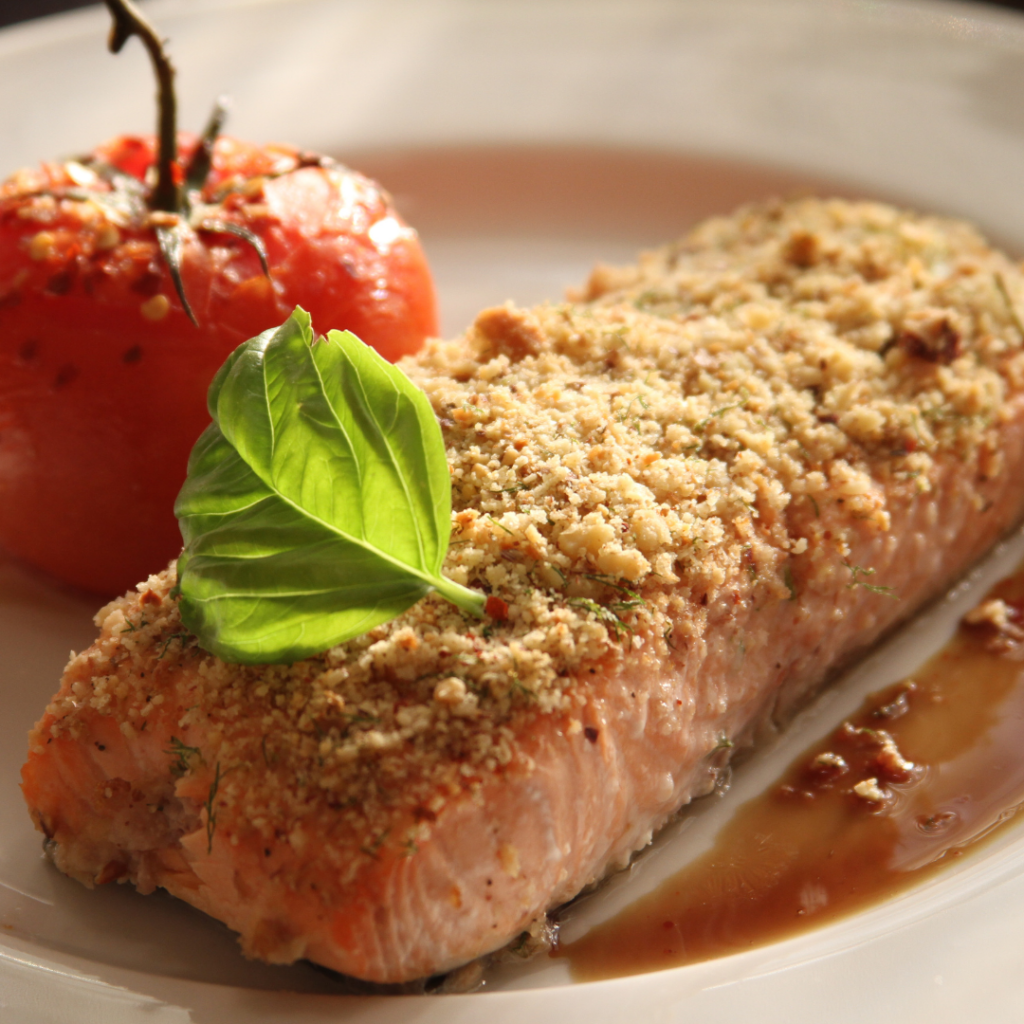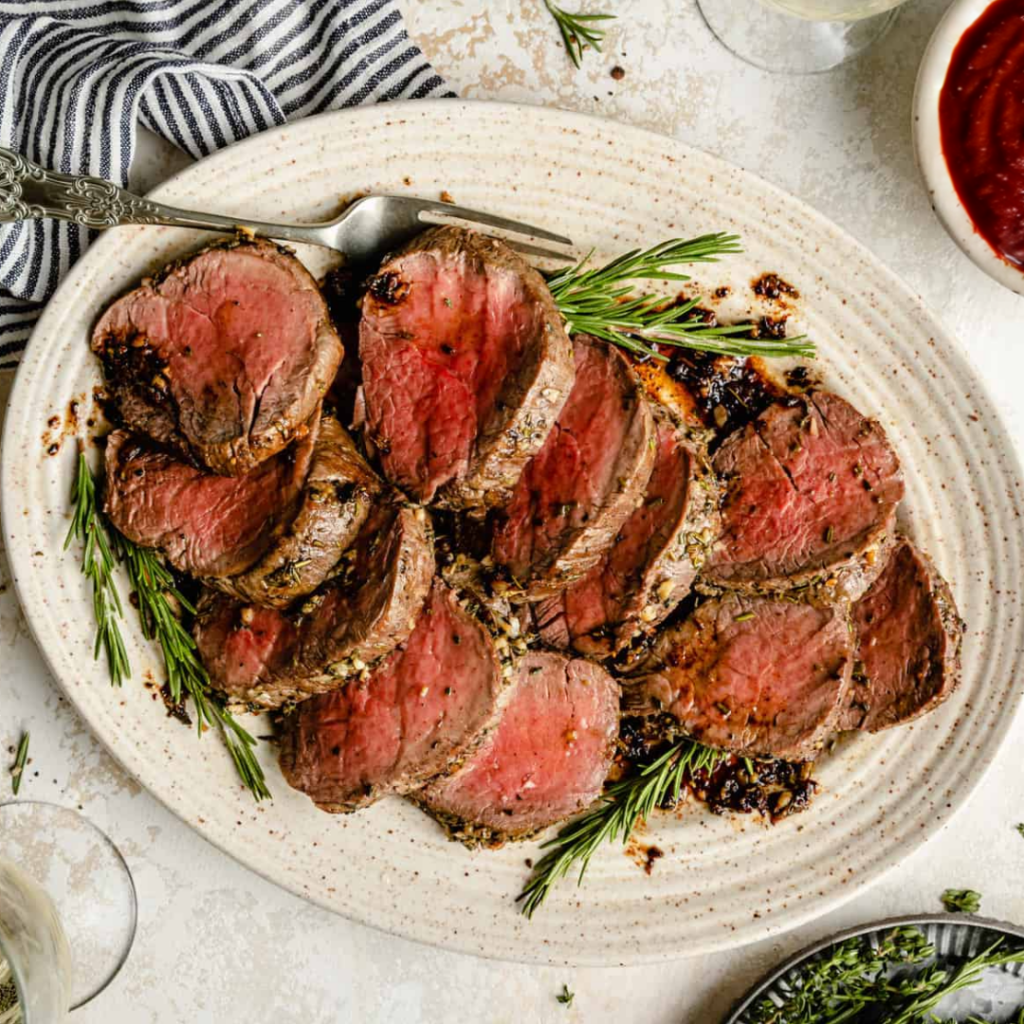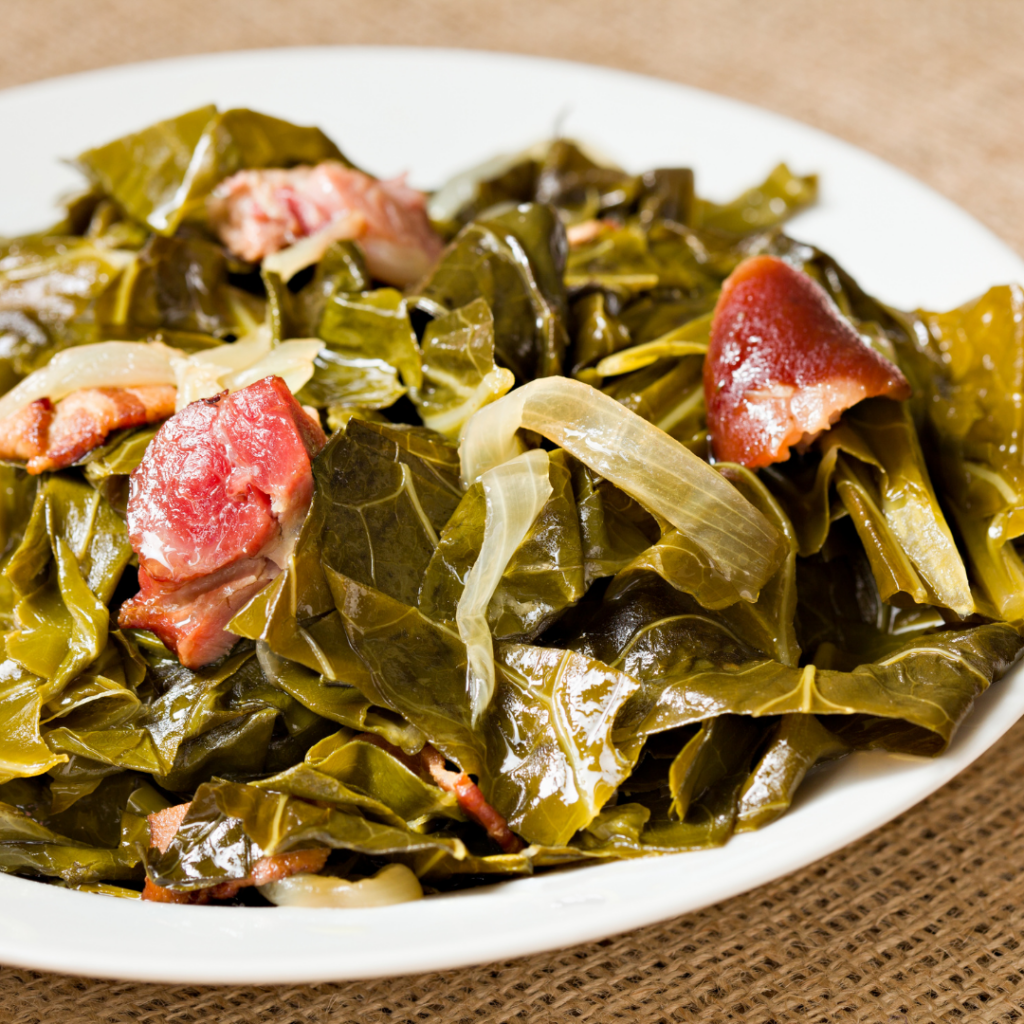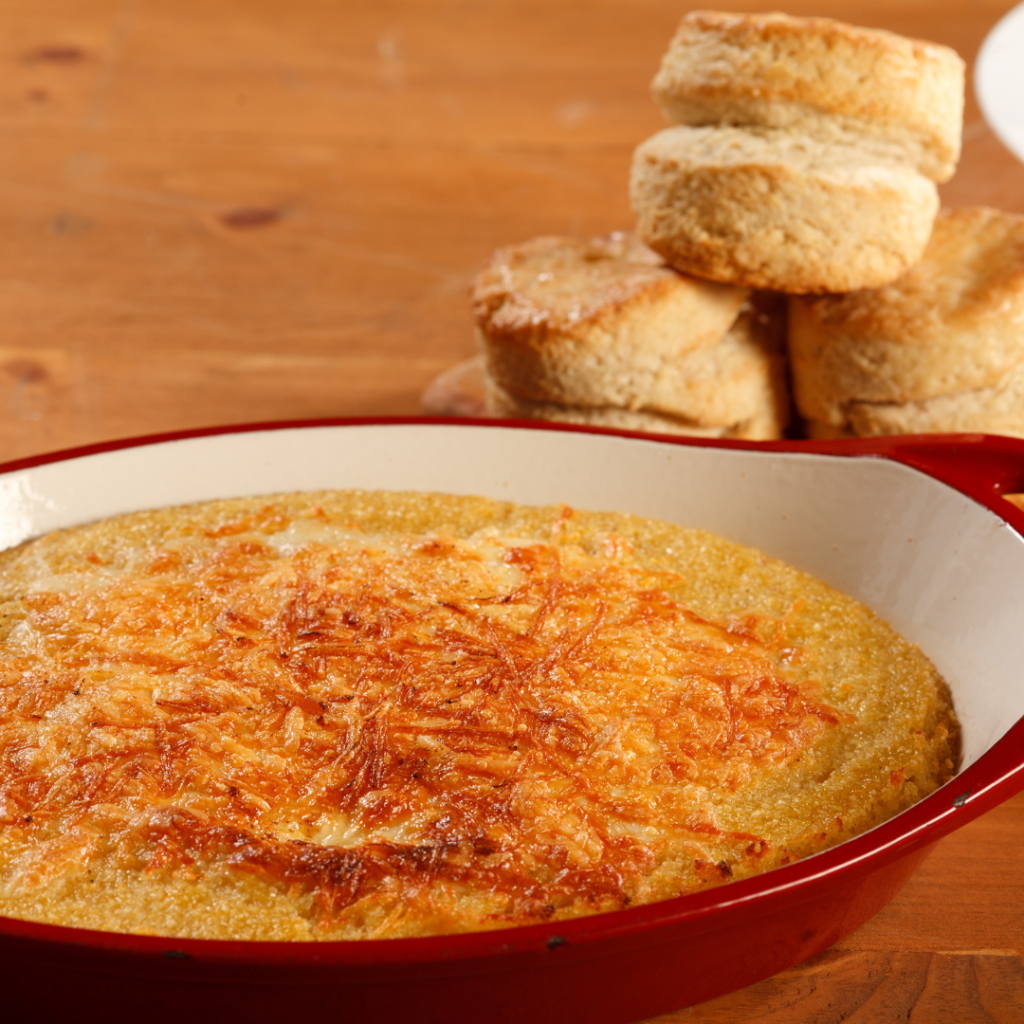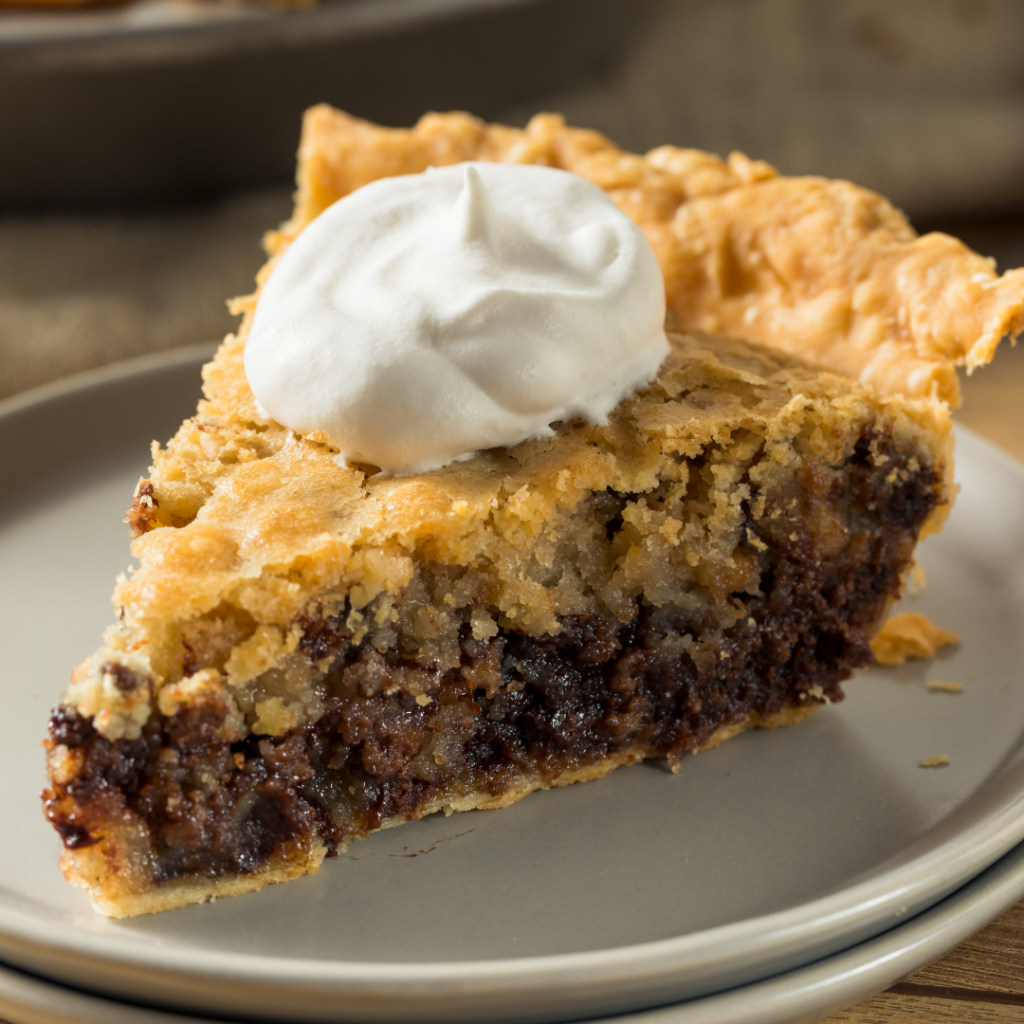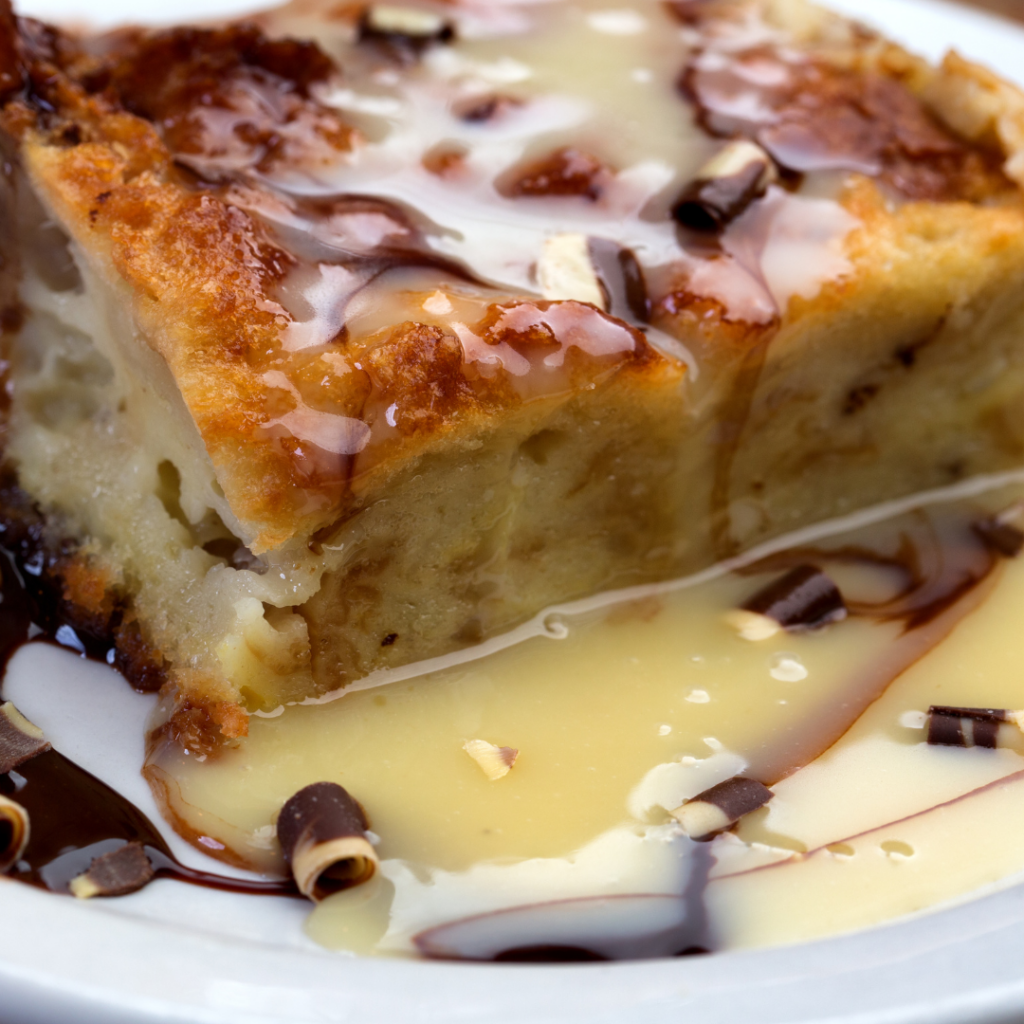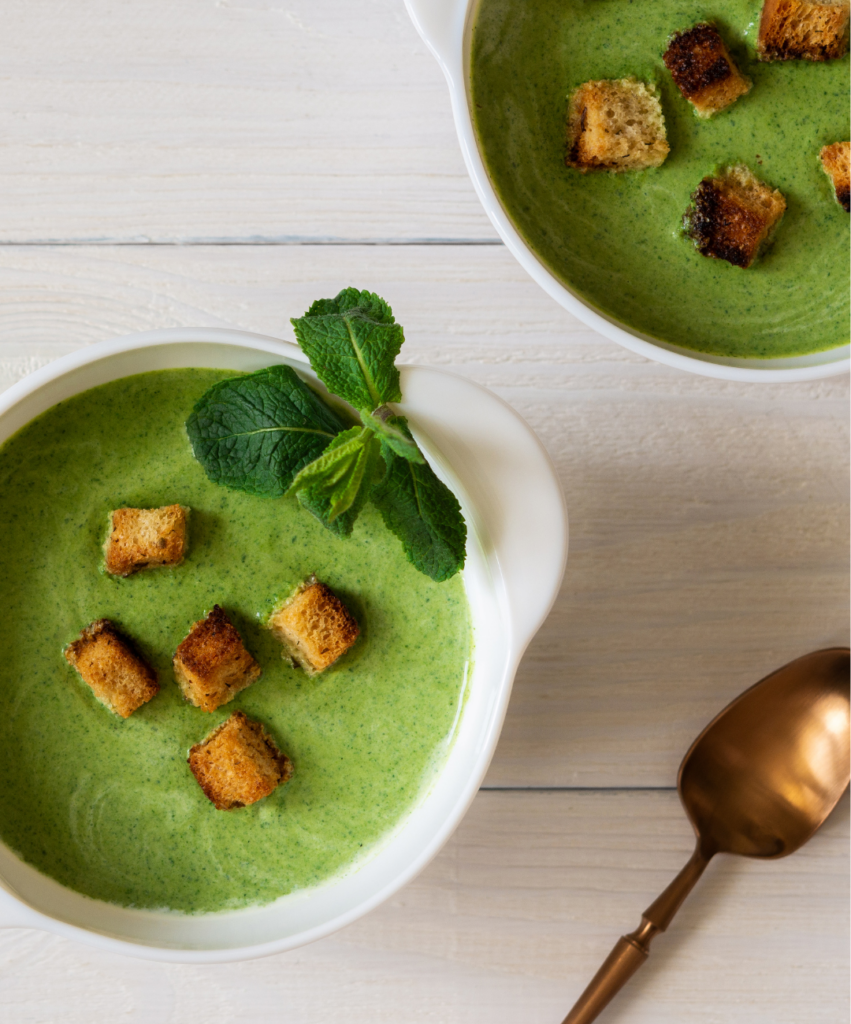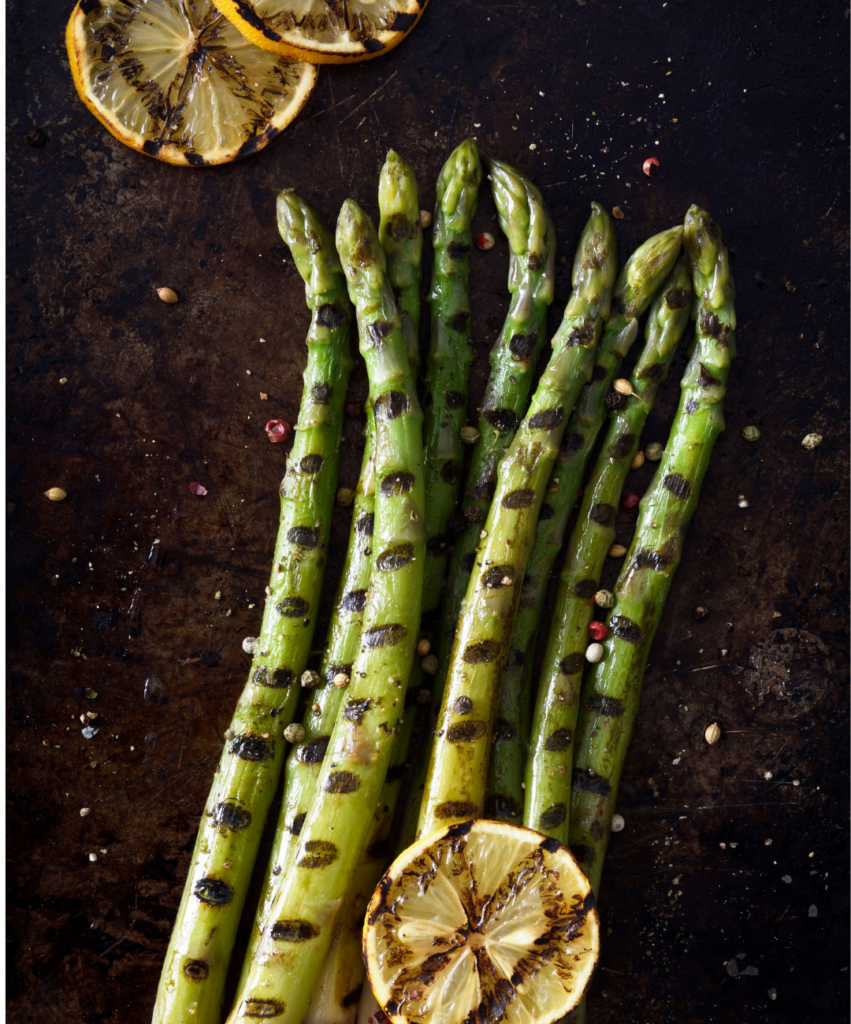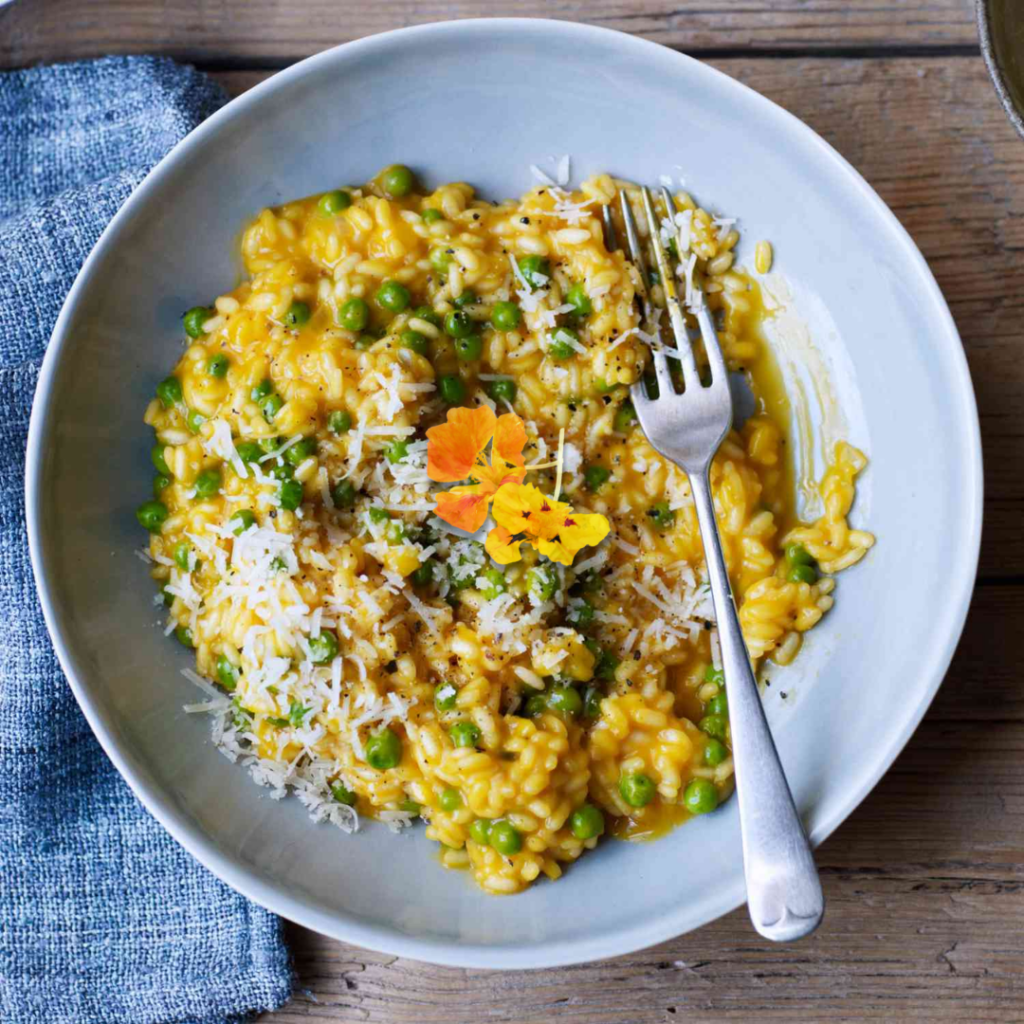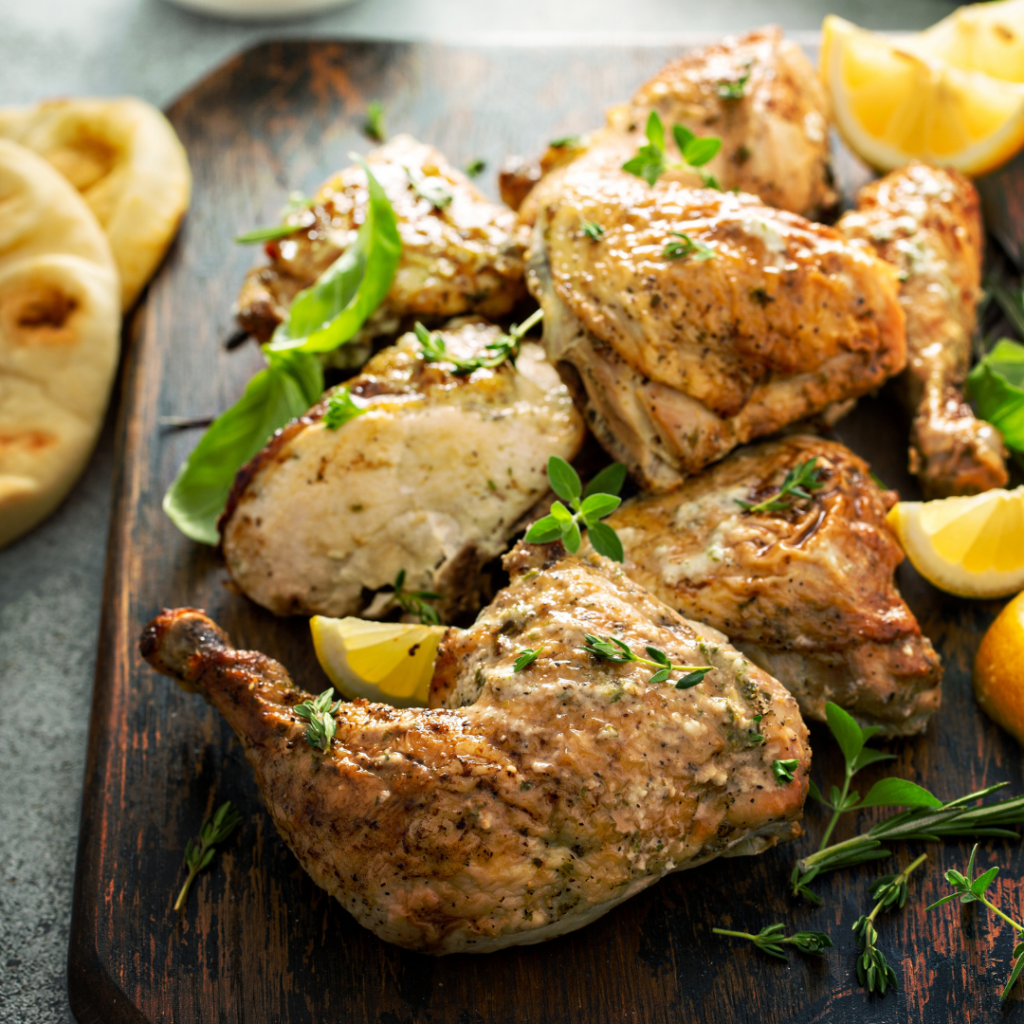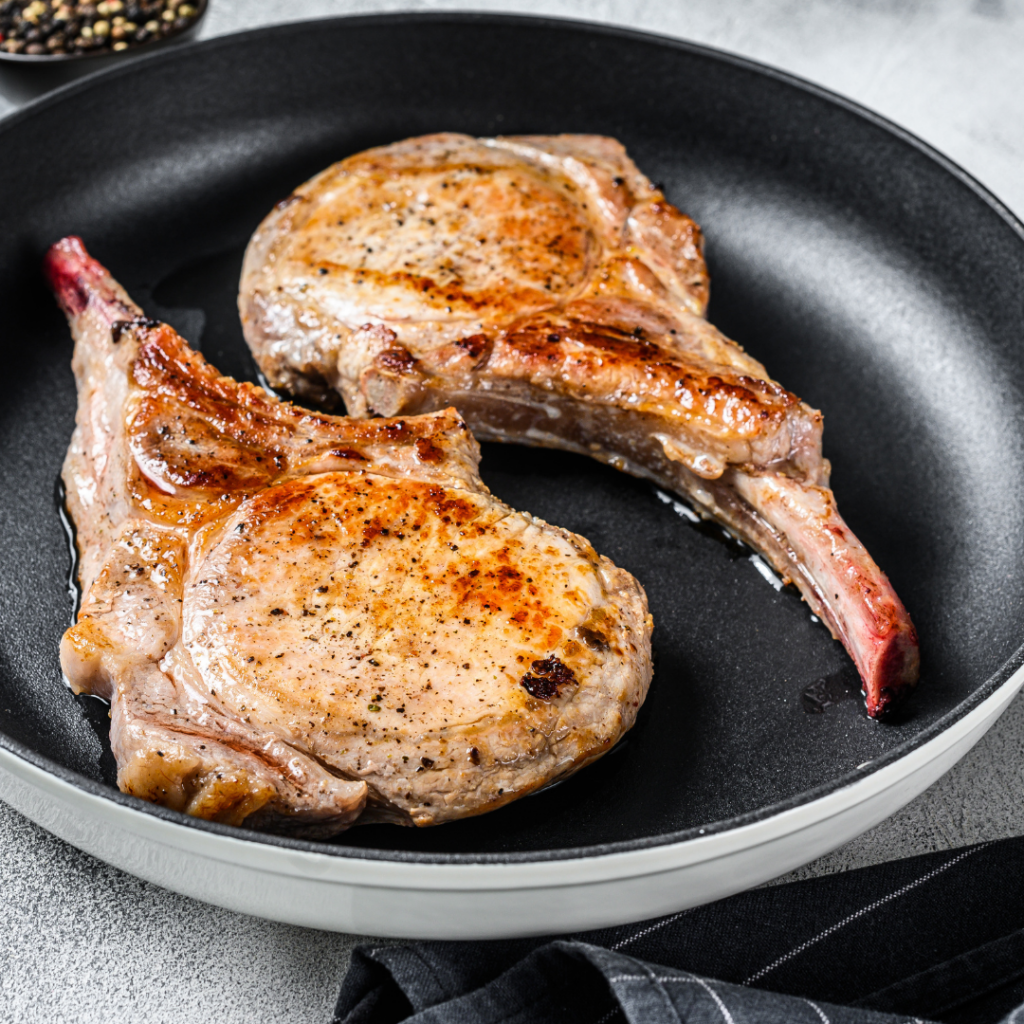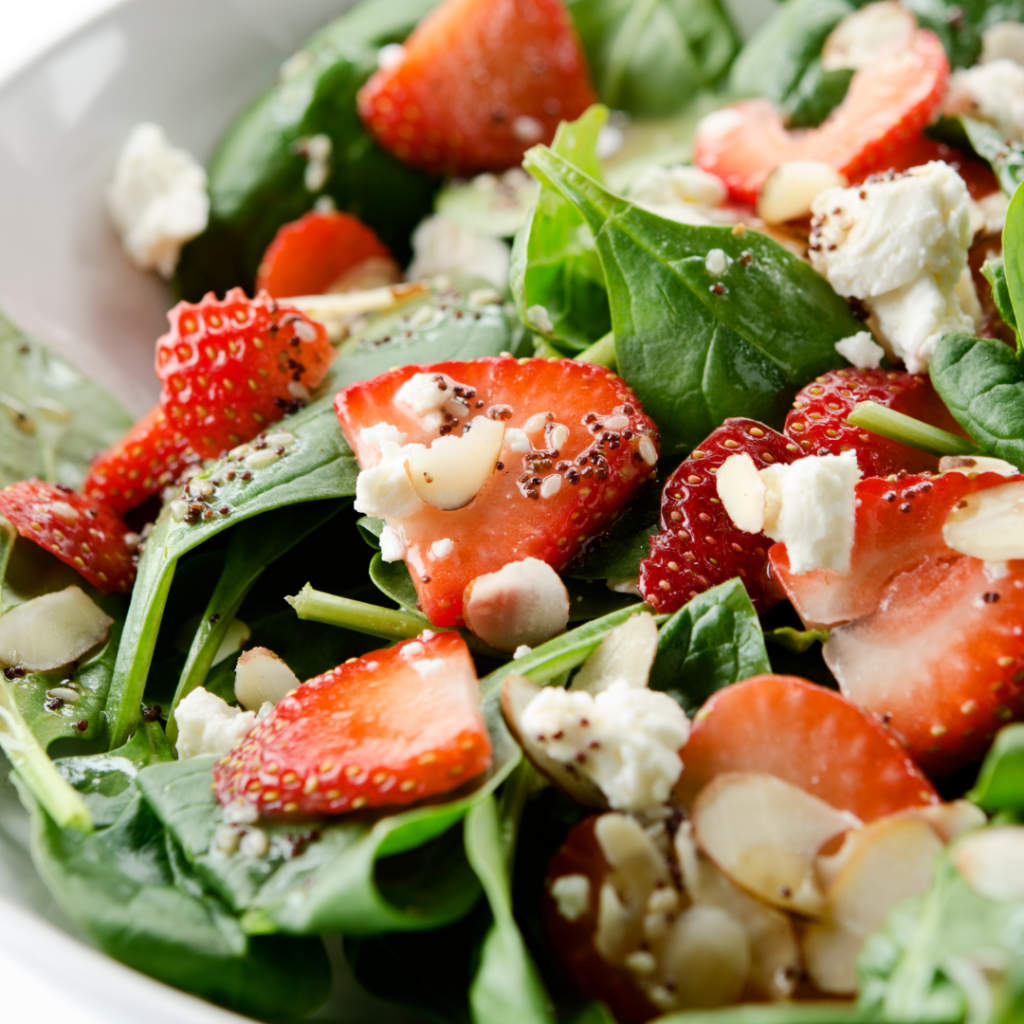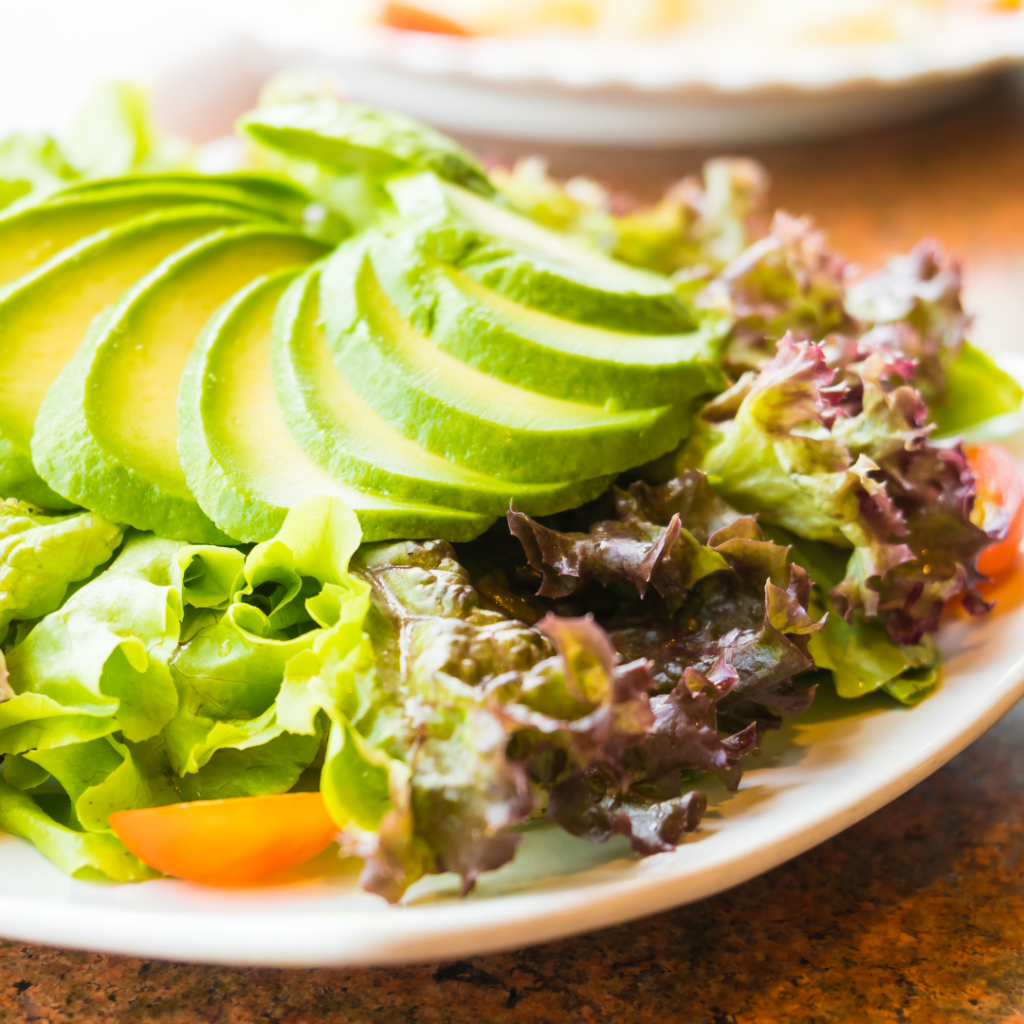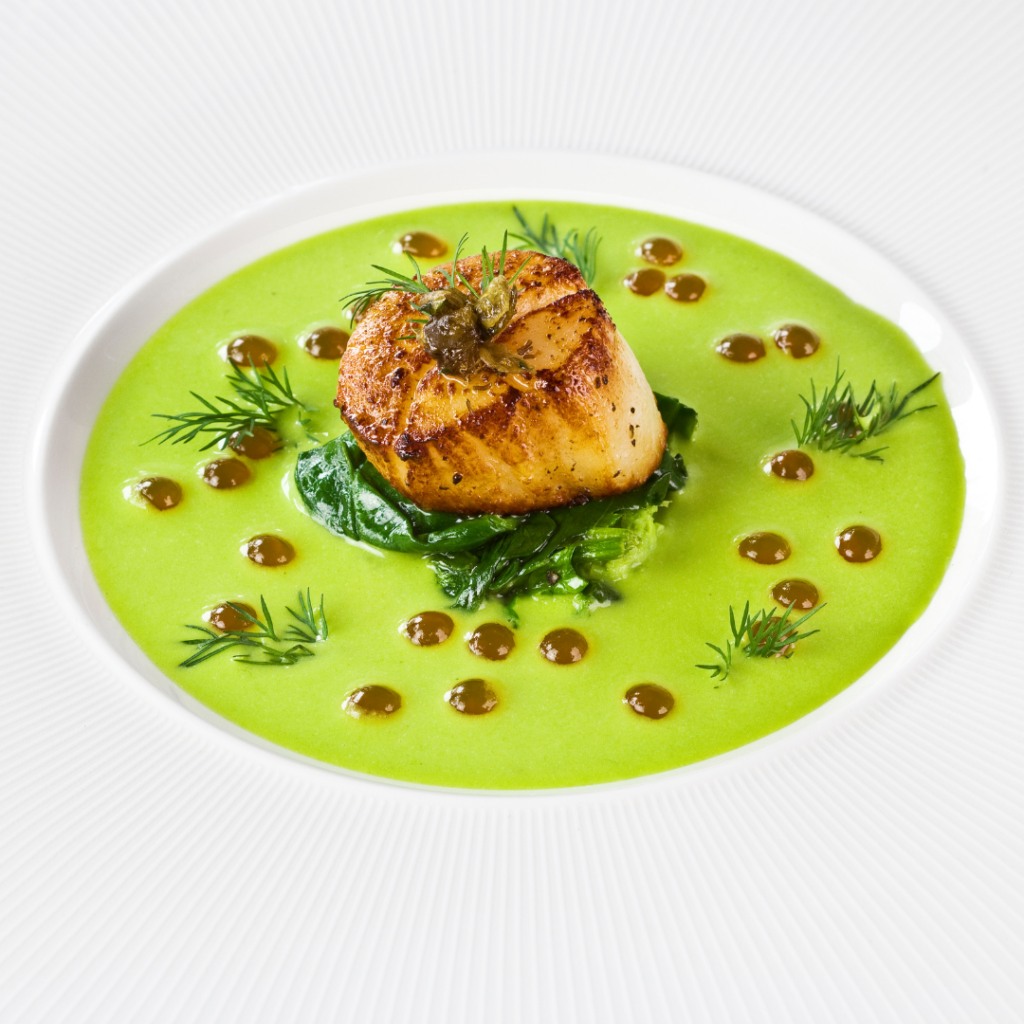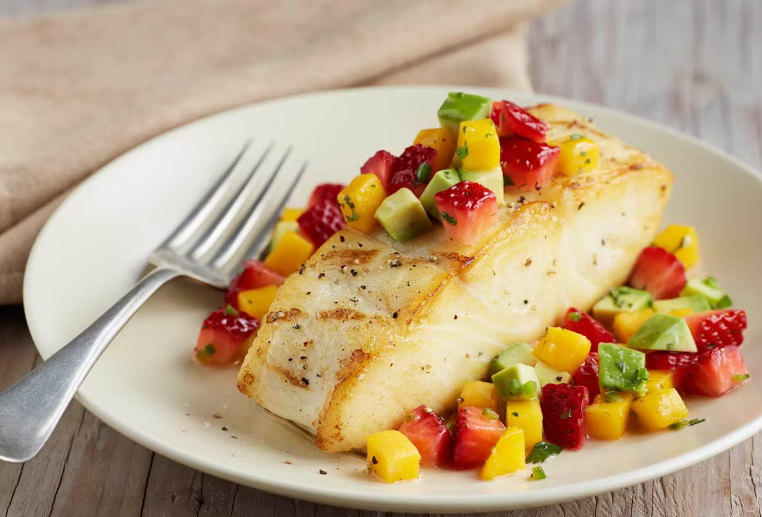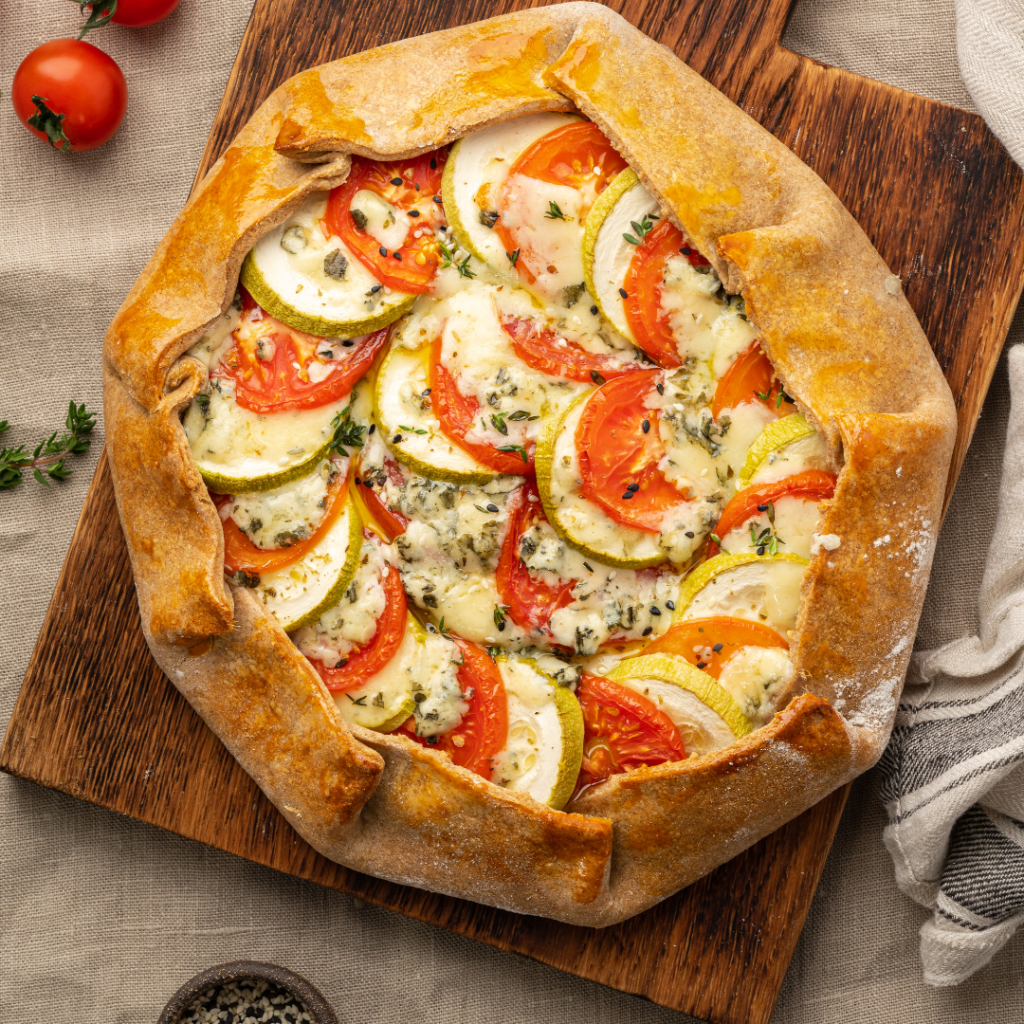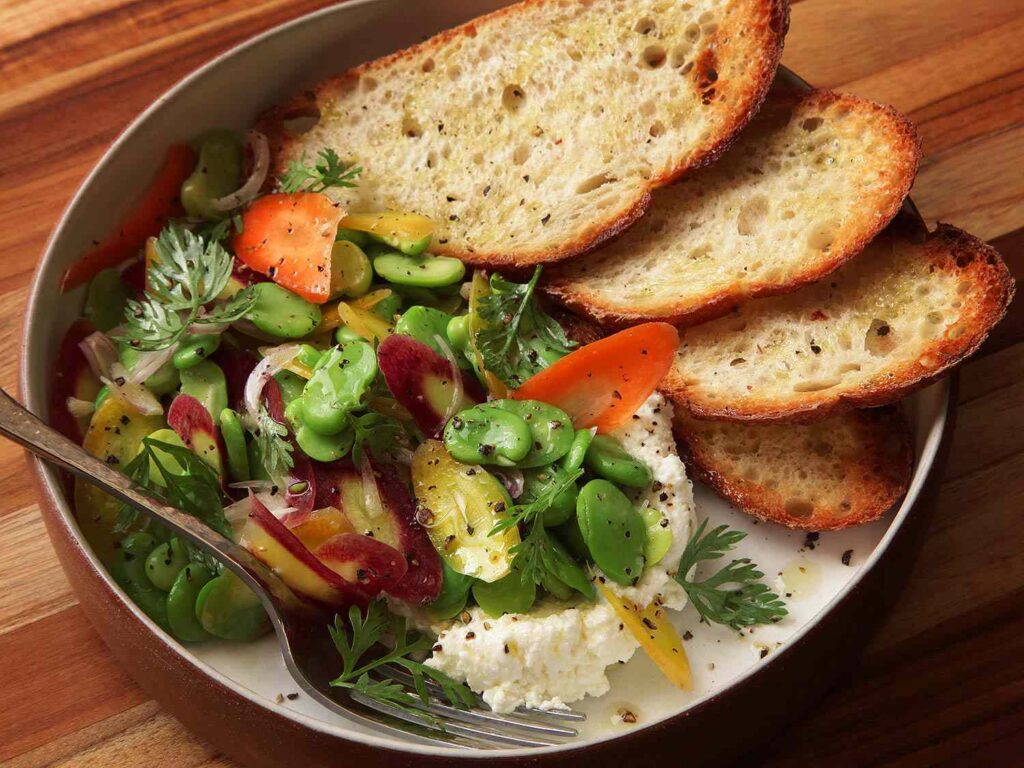
For chefs who demand the finest ingredients, Mariposa Dairy’s Celebrity Goat Cheese is a standout choice. This Ontario-based artisan producer is known for crafting high-quality, small-batch cheeses with unmatched flavor and versatility, making them a favorite in professional kitchens.

Mariposa Dairy: Crafting Quality in Every Bite
Mariposa Dairy has been a leader in artisanal cheese-making since 2001, sourcing fresh goat’s milk from nearby family farms and crafting their products with traditional methods. Their commitment to sustainable practices and local agriculture ensures every cheese reflects the authentic flavors of Ontario’s countryside while supporting the region’s dairy farmers.
Celebrity Goat Cheese: A Versatile Kitchen Star
Celebrity Goat Cheese is a game-changer for chefs. Its tangy, creamy texture is approachable yet distinct, perfect for creating memorable dishes. Use it as a rich base for sauces, a topping for flatbreads and pizzas, or crumble it over salads and roasted vegetables. Its mild sweetness and refreshing tartness pair effortlessly with fruits, honey, and nuts for elevated cheese boards or desserts. Available in logs and crumbles, Celebrity Goat Cheese offers flexibility for chefs looking to experiment with flavor and presentation.

Why Chefs Love Celebrity Goat Cheese
- Approachable Flavor: Smooth and creamy with just the right amount of tang, it appeals to a broad range of palates.
- Exceptional Quality: Made from fresh, local goat’s milk, free of antibiotics and growth hormones.
- Versatility: Perfect for everything from pasta dishes to savory pastries and elegant cheese boards.
Craftsmanship Meets Sustainability
Mariposa Dairy’s commitment to quality extends beyond the cheese itself. They focus on sustainability with eco-friendly packaging and innovative farming practices, ensuring their products are as responsible as they are delicious.
Incorporate Celebrity Goat Cheese Into Your Menu
Chefs across Canada and beyond are turning to Celebrity Goat Cheese for its rich flavor and versatility. Whether you’re creating a bold entrée or a delicate appetizer, this cheese is the perfect addition to elevate your menu. Looking for inspo? Check out some recipes here!
Ready to add Celebrity Goat Cheese to your kitchen? Reach out to your customer to learn more about this exceptional ingredient that’s transforming dishes everywhere or see below for a full listing of varieties we carry.
Find these Celebrity Goat Cheese options at What Chefs Want:
Celebrity Plain Goat Cheese – #91439 (2.2 lb log)
Celebrity Plain Goat Cheese Crumbles – #91270 (2 lb) or #96537 (2/2 lb)
Celebrity Honey Goat Cheese – #91410 (4.5 oz log) or #91361 (12/4.5 oz logs) – Celebrity International brings the superb combination of fresh goats milk cheese and honey to your table. One drop of gold transforms a creamy cheese into an irresistible spread for everything from baguettes to bruschetta. Honey Goat Cheese is just as versatile as it sounds, and it adds a sweet buzz to an otherwise savory cheese tray.
Celebrity Herb & Garlic Goat Cheese – #91437 (4.5 oz log) – Roll creamy Canadian goat cheese in the classic Mediterranean blend of herbs and garlic and you have a delicacy that is welcome at any party. Herb & Garlic Goat is delicious spread on crackers or bread, and it can also be used as a filling or addition to hot dishes.
Celebrity Cranberry Goat Cheese – #91400 (4.5 oz log) or #91362 (12/4.5 oz logs) – This chevre, perfect for the summer, is fresh and creamy with a slightly sharp and lightly acidic flavor. Made in Canada, this cheese has added a flavorful twist to the traditional goat log by topping it with cranberries and cinnamon. The tanginess of the cranberries, combined with the warm spiciness of cinnamon, creates a uniquely festive cheese that could not be more ideal for entertaining.
